Frozen Mango Suppliers in Costa Rica
If you like mangoes or are looking for potential frozen mango suppliers, you’re in luck. This tropical fruit, in addition to being delicious and appetizing at any time of the year, is tremendously beneficial for our body, not only for its flavor and nutritional composition, but also for the incredible properties it has.
In this article you will find some properties of this great fruit, along with some curiosities and how to find frozen mango suppliers in Costa Rica, as well as some of its varieties and cuts that you can expect to find.
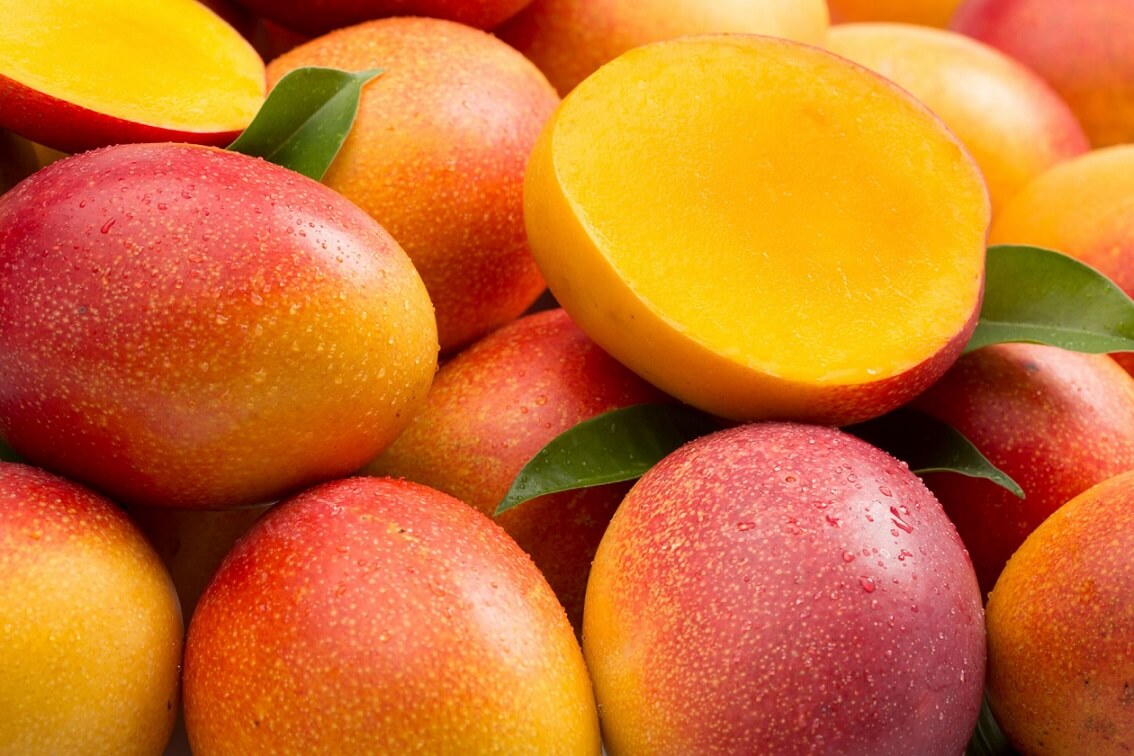
Mango and its characteristics
Mango is a sweet and refreshing fruit that is easy to consume and digest. Its nutritional properties vary depending on the type of mango and its degree of maturity; however, all of them stand out for their high water content and their great nutrient content.
Mango provides vitamin B. Green mangoes, which are mainly consumed in salads, are rich in vitamin C and contain a moderate amount of provitamin A. This composition varies in ripe mangoes, which are rich in provitamin A and contain a moderate amount of vitamin C.
The consumption of vitamin A is useful to prevent infectious diseases as well as skin, mucosa, bone, capillary, eye and immune system diseases.
Its high content of vitamin C contributes to the absorption of iron and the generation of red blood cells; it also helps in the formation of collagen, teeth and bones. These vitamins make this fruit a good antioxidant, composed of nutritional properties for all people of any age. On the other hand, it contributes to reducing the risk of contracting cardiovascular, degenerative and cancerous diseases.
Its high content in iron is useful for anemia and blood disease treatments.
A low content in fat, sodium and calories allows its consumption in weight loss diets and in cases of hypertension.
Its high fiber content provides laxative properties, prevents constipation, reduces the level of cholesterol in the blood and exerts good glycemic control.
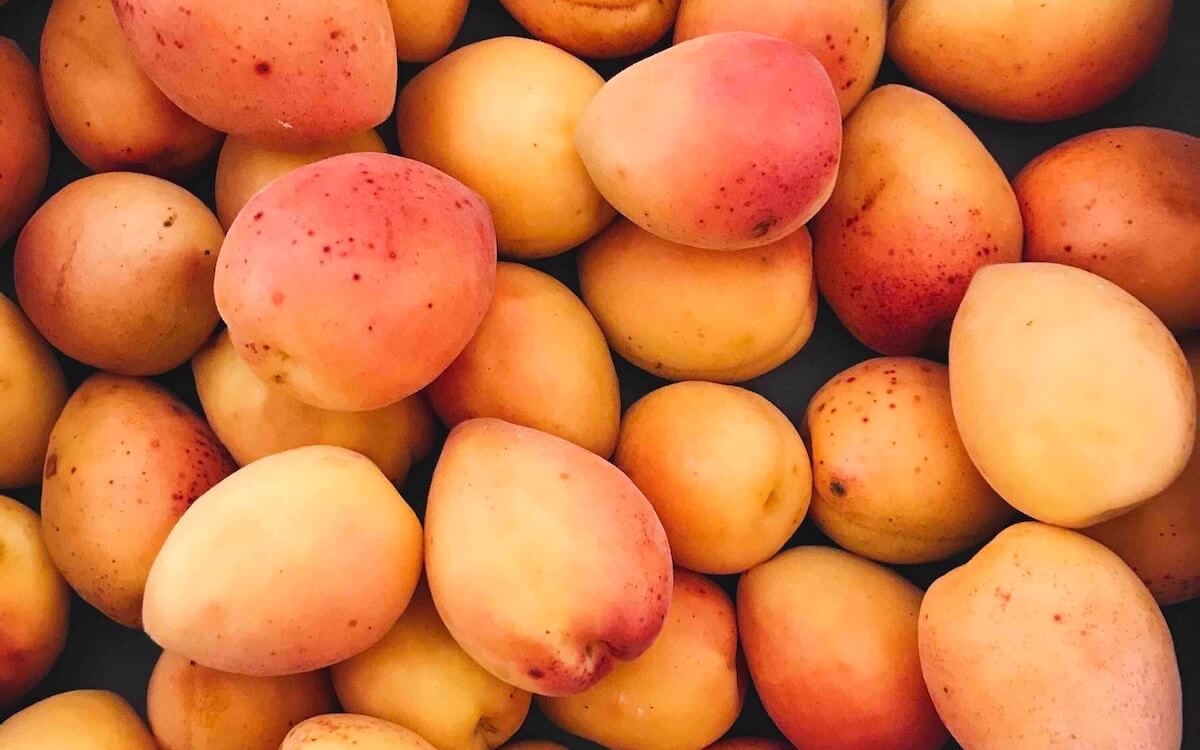
Mango in Costa Rica
Mango activity in Costa Rica began in the 1970s, an activity that has had ups and downs in the Central Pacific region. The export of this fruit begins with the Compañía del Monte in Orotina, then it is extended to Paquera.
In the Central Pacific region, from the 80s to the 90s, there was a strong activity of organizing the producers into groups for the purpose of gathering fruit for commercialization, such as ASOFRUPAC, ASOFRUPA and ASOFRUL.
Currently the mango in Costa Rica can be found mainly in 4 provinces. They are usually places where it is planted at altitudes between 0 to 800 meters.
- Alajuela: Orotina, San Mateo y Atenas
- Puntarenas: Central, Esparza, Miramar y Garabito
- Guanacaste: Liberia, Santa Cruz, Nicoya, Nandayure, Carrillo y Abangares
- San José: Puriscal y Turrubares
Costa Rica is well known for being the country of PURA VIDA, a place where exotic and tropical fruits abound, as well as the guarantee of quality when harvesting and sowing due to its high care in protection and harmony with the environment.
The varieties of mango existing in Costa Rica are: Haden, Haden Rojo, Irwin, Tommy Atkins, Palmer, Keitt, Mora, Cavallini, and improved creole varieties.
The average yield per hectare is variable and in accordance with the agronomic management provided by the producer. When consulting with the producers, it is estimated that yields are between 7 and 15 metric tons per hectare. A hectare of mango can have from 51 to 100 trees, depending on the producer’s taste, the planting distance on his farm and the management that he provides.
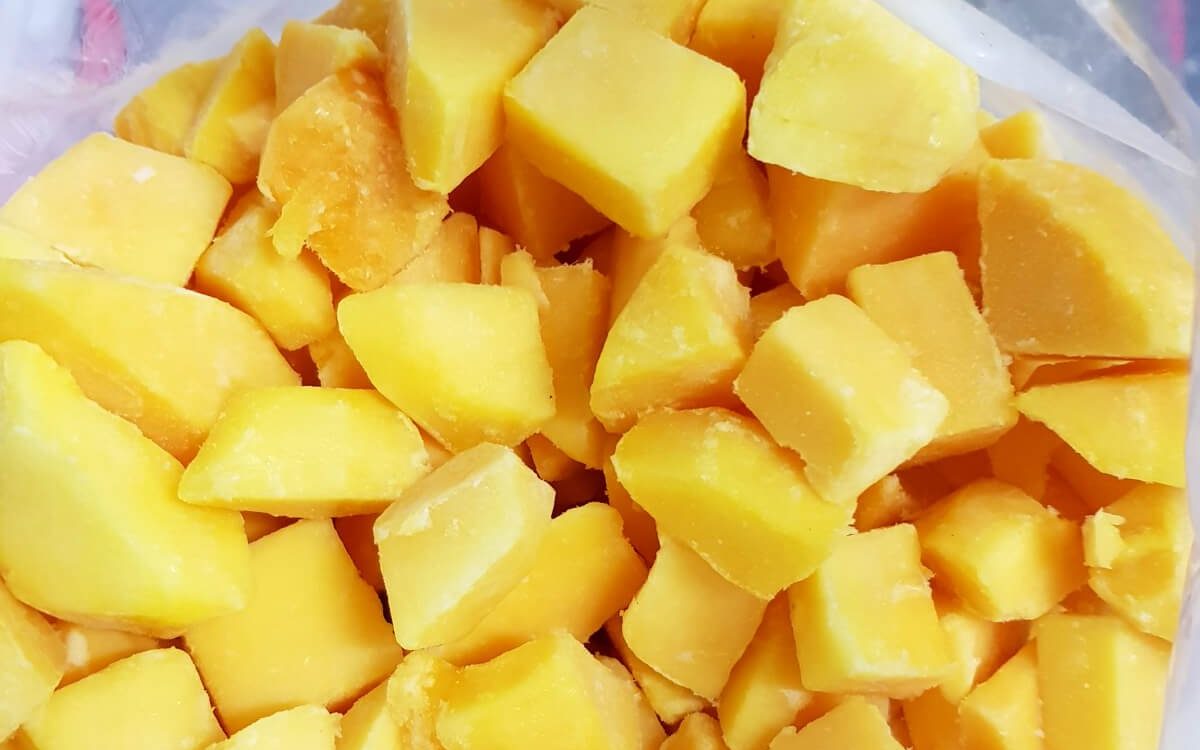
Frozen Mango: Suppliers and uses
If you are looking to buy frozen mango or looking for a frozen mango supplier, here are some tips on what you can usually find.
The suppliers of frozen mango in Costa Rica vary according to the market we are talking about, just like fruits such as pineapple. Costa Rica usually exports a lot of fresh mangos, however, when it comes to being frozen, suppliers limit themselves a bit. Dole is one of the best-known companies worldwide and its products include frozen mango.
Usually frozen mangoes, like most fruits on the world market, are industrially frozen by a system called IQF, the main objective of which is to extend the useful life of the fruit. However, since it is frozen by this system or also by a less technical freezing, it can be used only for shakes, smoothies, ice creams, yogurts, preserves, pulps or concentrates.
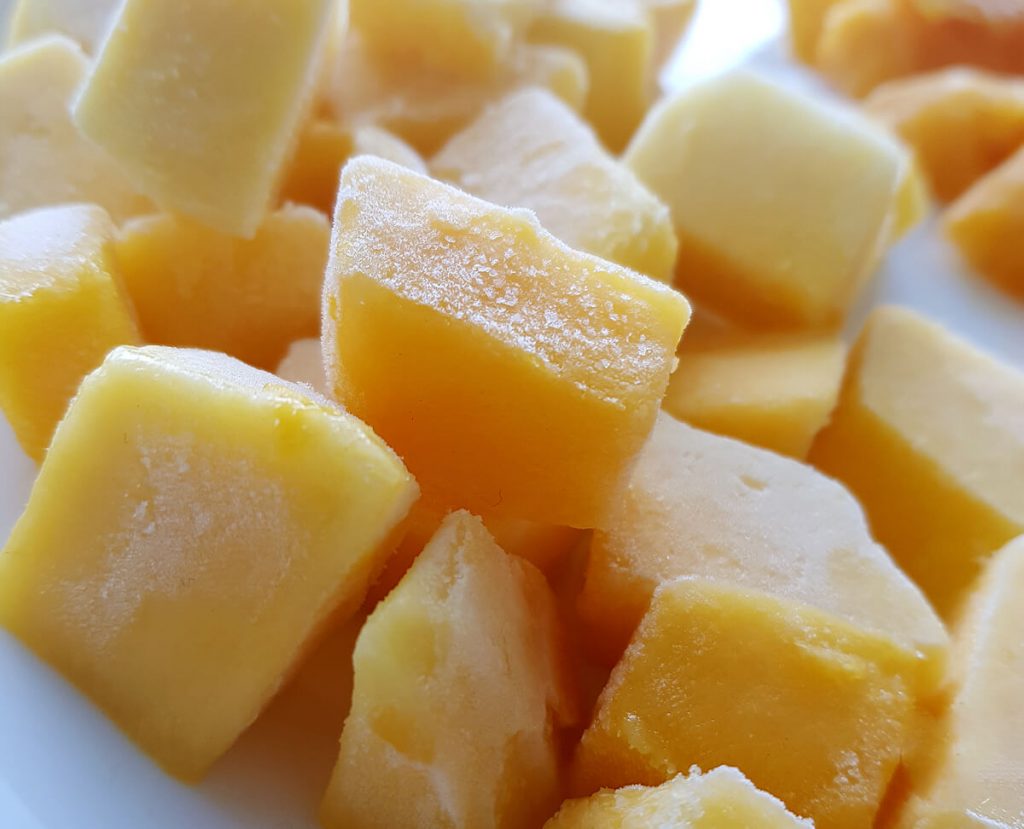
This occurs since during the freezing process the fiber of the product is broken by the crystals that are formed and therefore its texture and properties of fresh fruit tend to be lost. This is also one of the keys to being able to find frozen fruit suppliers in Costa Rica and in other parts of the world since it is necessary to know the characteristics of the fruit.
Among the presentations that can be found are the so-called “chunks” or pieces of mango that can have different sizes. The common sizes are 20x20mm and 15x15mm, that is, from the pulp itself of the fruit, squares are cut with a measure according to the specifications.
The smaller the cut the easier it can be used in shakes and other products since it is easier to distribute and weigh. In the same way, it is usual to find the remains or smaller pieces at lower prices since 100% of the pulp of the fruit is used.
Knowing that this topic is extremely important for consumers, an integral freezing system called Prime Freezing System was developed, which avoids fiber breakage of the product during freezing, allowing it to maintain its fresh properties when defrosted.
This means, the shelf life can be extended like any frozen fruit, but it can also be used for fresh fruit when defrosting since its flavor, texture, colors and smells remain intact.
Mango, being an exotic and exquisite fruit, highly sought after in Asian markets, when frozen with this PFS (Prime Freezing System), gives a possibility to have a seasonal fruit throughout the year, a texture as if it were fresh and have it at an excellent price.
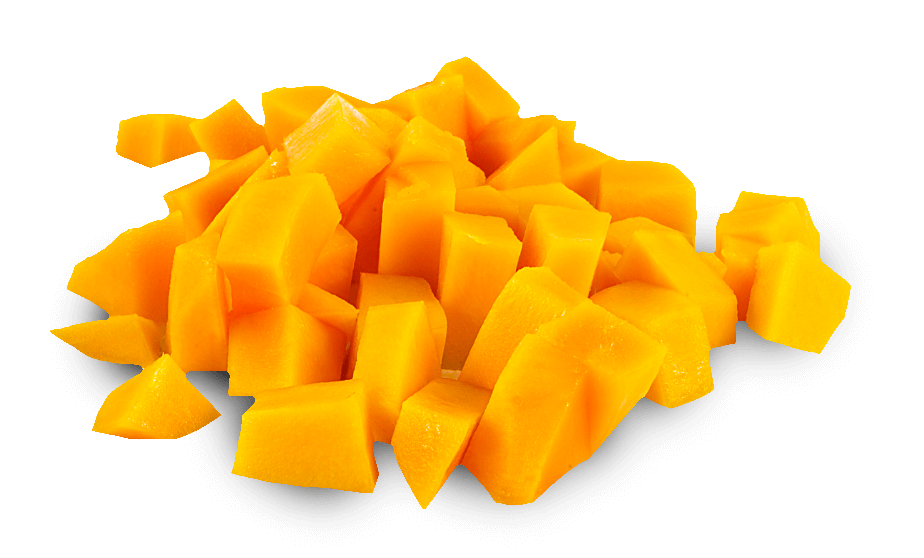 }
}

